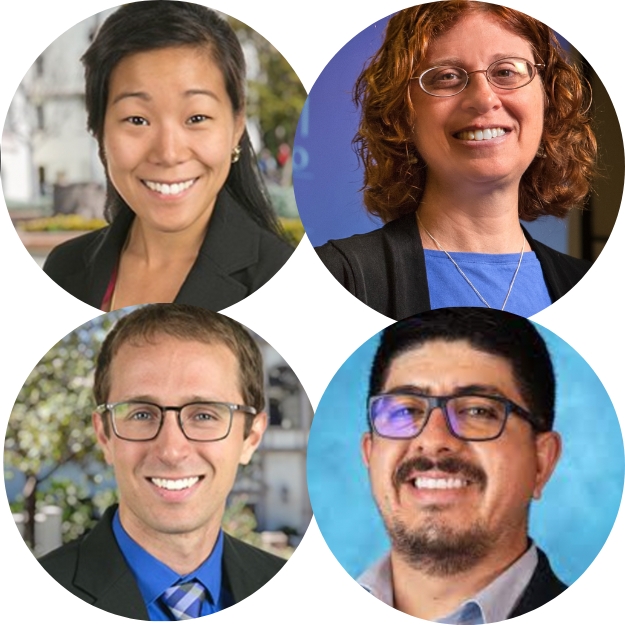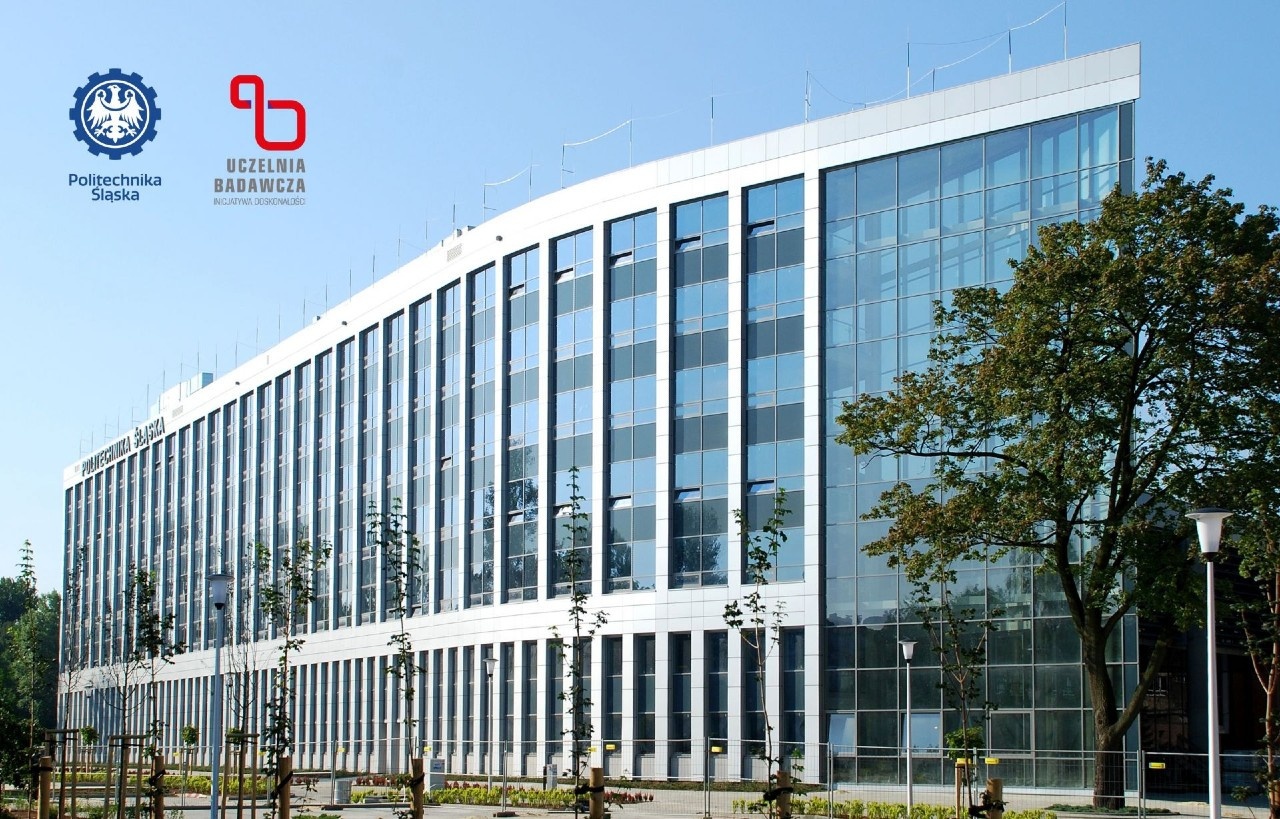The SEFI Early Career Researchers’ Club is a 9-month initiative designed to support and connect…

Joel Alejandro Mejia, Department of Biomedical and Chemical Engineering and Department of Bicultural-Bilingual Studies, University of Texas at San Antonio, USA
In 2020, we witnessed worldwide protests for racial equity that were fueled by publicly documented injustices, such as George Floyd’s murder in the USA. To those belonging to majority groups, these issues sparked a period of learning and allied outrage, but interest in prolonged activism among these majorities has since faded. While the global society returned to and accepted this as the status quo, racial inequity has been a global issue for much longer than the span of 2020, and these issues certainly have not gone away.
Engineering, from its origins, has had a diversity problem (Miller, 2020; Simmons & Lord, 2019). Most engineers are trained to believe that engineering is neutral; that engineering work is purely technical and can be separated from social and political concerns (Cech, 2013; Martin, 2020). It is perhaps due to this deeply ingrained ideology that little progress has been made in engineering, compared to other disciplines (Silbey, 2016; Martinez & Christnach, 2021; Hill, n.d.). Although 2020 was a sad and challenging year, it was also a hopeful year for those of us who care passionately about racial justice — for instance, due to the global protests, even many engineering faculty began to question engineering’s perceived shield of objectivity for the first time. We saw a sudden spike in interest in our workshop that guides engineering faculty towards a deeper understanding of social justice and helps them integrate equity issues into their courses (Lord et al, 2021). Since then, however, we’ve observed engineering faculty revert to seeking a quick fix to check new diversity and inclusion requirements off their list. If even global movements cannot shift what we teach and how we teach engineering, what, then, does change in engineering education look like?
We see this entrenchment manifested in engineering education, where most “diversity and inclusion” efforts, in fact, stop at just “diversity”. Funding is often directed towards–and outcomes measured by–increasing recruitment and retention of women and racial and ethnic minorities through the analogy of a “leaky pipeline” (Lord et al, 2019; Appelhans, 2019). But, this flawed analogy places an exclusive focus on the supply side of the “underrepresentation problem”, rather than examining what larger systemic forces within the engineering ecosystem have created and perpetuated inequity. Questioning why there are fewer women and Black, Indigenous, and people of color (BIPOC) in engineering fixates on a deficit lens and paints us as less capable or not persistent enough, when the problem is not the low input into the system, but the culture of the system itself which marginalizes those that do not conform to the often invisible White male hegemonic discourse (Pawley, 2017). Working towards racial equity in engineering necessitates a shift in thinking, from scrutinizing racial minorities towards interrogating how the culture of engineering creates an inhospitable environment. A continued focus on underrepresentation instead of historically excluded and marginalized by a racist system is a barrier to achieving racial equity.
Engineering has work to do. The culture of engineering is exclusionary by design and regulates which individuals get to participate (Vanasupa & Schlemer, 2016). The lack of diversity and lower retention of BIPOC students and faculty is a symptom, not the source, of racial inequity. Simply increasing racial representation does not address systems of racial inequity deeply embedded into our disciplinary culture. Diversity should not be our end goal. Rather, creating a culture of inclusion and belonging need to be our first steps towards reaching equity and justice. We crave a world where BIPOC are sought out not only for our appearances, but our voices and our value (Polmear & Simmons, 2022). Moving towards racial equity in engineering education requires a fundamental shift in thinking and a complete reframing of our understanding of our culture to interrogate and dismantle systems, rather than symptoms, of inequity.


